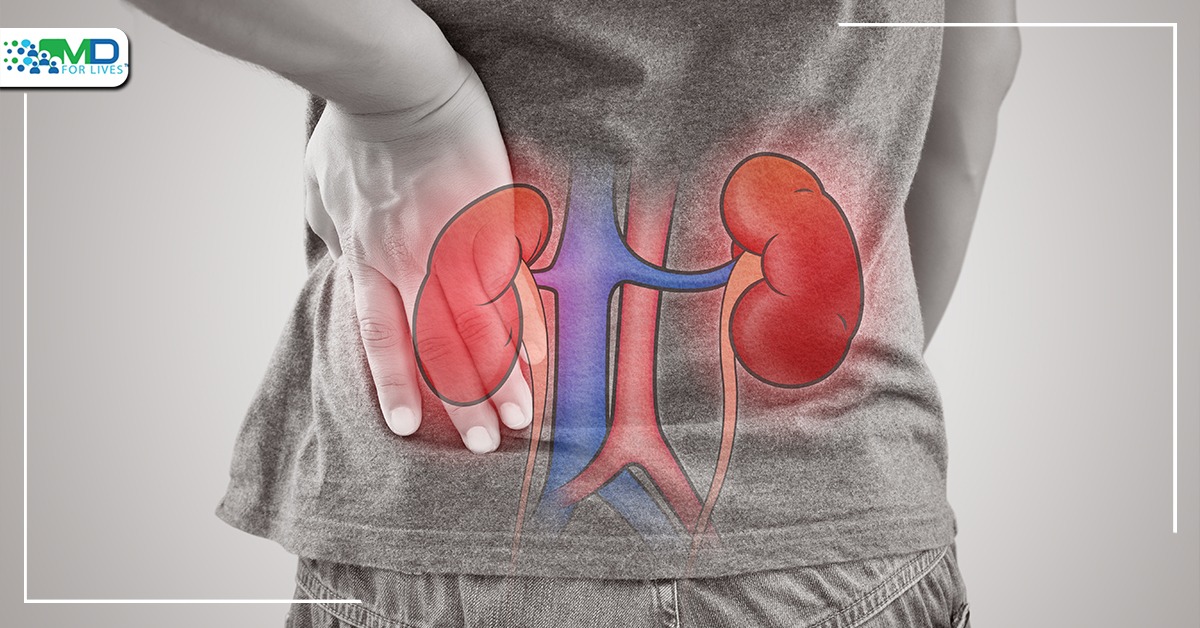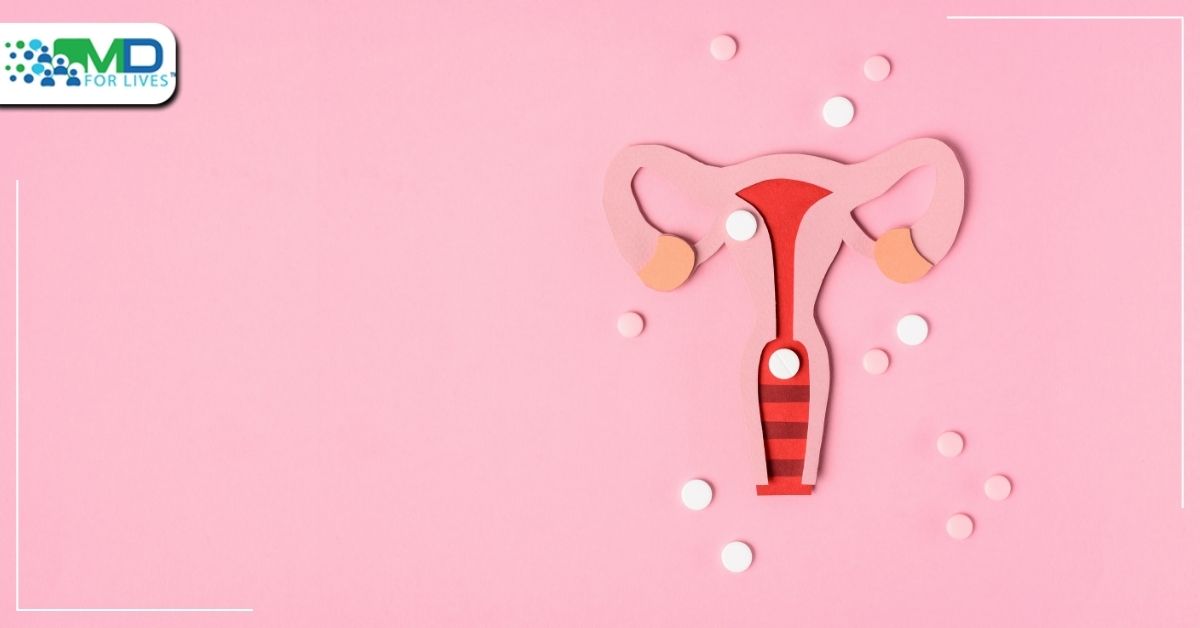Thiazide diuretics, which are used to control hypertension, have been commonly believed to not work well in patients with advanced chronic kidney disease (CKD) (stages 4-5) due to low potency in these patients.4,5,6,7 In November 2021, researchers published a new study that challenges this assumption, at least in the case of patients with stage 4 kidney disease and hypertension.1,2,3
The researchers found that chlorthalidone, an older, generic thiazide-like diuretic, was able to significantly reduce systolic blood pressure over 12 weeks in patients with stage 4 CKD.1,6,8

Chronic kidney disease (CKD) is classified based on the glomerular filtration rate (GFR) into the following five stages: stage 1 (GFR >90 ml/min/1.73m2), stage 2 (GFR between 60 and <90ml/min/1.73m2), stage 3 (GFR between 30 and <60 ml/min/1.73m2), stage 4 (GFR between 15 and <30 ml/min/1.73m2), and stage 5 (GFR <15 ml/min/1.73m2).9

Caption: Stages of chronic kidney disease: stage 1 (normal or high function), stage 2 (slightly decreased function), stage 3 (moderately decreased function), stage 4 (severely decreased function), and stage 5 (kidney failure).9
Chronic kidney disease and hypertension
Uncontrolled hypertension is one of the main risk factors for developing CKD. The presence of CKD also worsens outcomes in patients with cardiovascular diseases (CVD). Controlling hypertension is a key aspect of chronic kidney disease treatment.1,6,10
Diuretics for chronic kidney disease and hypertension
CKD can cause the accumulation of fluid in the body, contributing to increased blood pressure, and hypertension is a common comorbidity in CKD patients. Diuretics are useful in the management of hypertension in patients with and without CKD.4,11
According to the National Kidney Foundation and Kidney Disease Outcomes Quality Initiative (NKF KDOQI) guideline, diuretics reduce extracellular fluid (ECF) volume, lower blood pressure, increase the effects of other antihypertensive drugs, and reduce the risk of CVD in patients with CKD.4,12.
There are three major types of diuretics: thiazide (and thiazide-like) diuretics, loop diuretics, and potassium-sparing diuretics.4 Thiazide diuretics work by lowering sodium and chloride reabsorption by the distal convoluted tubules, leading to sodium excretion, which lowers ECF volume and, in turn, lowers blood pressure.4 In addition, long-term use of thiazides may lower blood pressure irrespective of lowering ECF volume.4

act by lowering sodium reabsorption by the renal tubules, leading to sodium excretion. This lowers the extracellular fluid (ECF) volume and blood pressure.4
Thiazide diuretics and advanced chronic kidney disease
Clinical guidelines recommend that thiazide diuretics be used in patients with CKD stages 1-3 where GFR is >30 ml/min per 1.73m2, and loop diuretics be used in patients with advanced CKD stages 4 and 5.4,6,7,11 This has been the standard recommendation since the 1950s and 60s, when two small clinical trials suggested that using a thiazide diuretic does not lower body fluids as well as a loop diuretic in patients in the later stages of chronic kidney disease.5,6,7
More recently, a few small clinical trials have suggested that thiazides alone or in combination with loop diuretics have some effectiveness in advanced kidney disease.6,7

Chlorthalidone in Chronic Kidney Disease (CLICK) Trial
On November 5, 2021, the New England Journal of Medicine published an article presenting the results from the Chlorthalidone in Chronic Kidney Disease (CLICK) Trial.1,2,3 In this double-blind, randomized, placebo-controlled trial, 160 patients with uncontrolled hypertension and advanced (stage 4) CKD were randomized in a 1:1 ratio to receive chlorthalidone or placebo.1
The primary outcome was the change in 24-hour ambulatory systolic blood pressure from baseline to 12 weeks.1 The change from baseline to 12 weeks in the urinary albumin-to-creatinine ratio (UACR) was one of the secondary outcomes.1,2,3
The results showed that chlorthalidone was better than the placebo in controlling blood pressure in these patients.1,2,3 By week 12, the difference between the two treatment groups in the adjusted change from baseline in 24-hour systolic blood pressure was −10.5 mm Hg (95% CI, −14.6 to −6.4) (P<0.001).1 For 24-hour diastolic blood pressure, the corresponding difference between the two groups was -3.9 mm Hg (95%CI, -6.3 to -1.5).
The percent change in the UACR from baseline to week 12 was 50 percentage points lower in the chlorthalidone group than in the placebo group (95% CI, 37 to 60).1,2,3
Adverse events that are relatively common with the use of chlorthalidone and other diuretics (such as hypokalemia, hyperglycemia, and dizziness) were seen more often in the chlorthalidone group than in the placebo group. Additionally, caution should be applied when using chlorthalidone along with loop diuretics.1 This research will add to the debate over how hypertension should be managed in patients with advanced CKD. As suggested by the investigators, larger phase 3 studies are needed to
investigate the best way to use chlorthalidone in advanced kidney disease treatment and whether the drug provides kidney protection in these patients.1,2,3.






